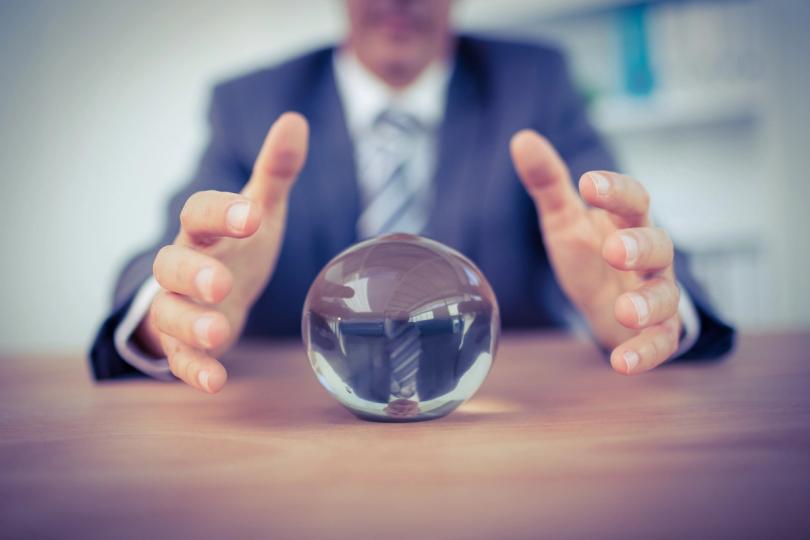Brian Armstrong’s last-minute crypto shoutout turned a $4,000 market prediction into a punchline. In a nutshell, the Coinbase CEO called all bets on “Bitcoin,” “Ethereum,” and “Web3” at once.
It was a tight market, where the biggest winner took home just $111, according to Poymarket Analytics.
But if Armstrong’s impromptu word salad showed how ridiculous prediction markets can get, the New York City Hall market, with $22 million in open interest, shows how serious they have become. Increasing the odds by just 10 percentage points would now cost about $1 million in concentrated spending power.
This is because Polymarket’s open interest reflects real money stored in a liquidity pool, not just the sum of theoretical bets awaiting settlement. Each trade interacts with an automated price curve backed by guarantees, meaning that odds change gradually rather than being set by direct matches between traders.
The most important positions show how deep this basin is: whales like “dubdubdub2” and “asfgh” each holds more than $2 million to back Zohran Mamdani, according to Polymarket Analytics, while most of the big “no” traders are already sitting on heavy losses and have little room to add capital.
As a result, any new bets placed “out of the money,” such as buying Andrew Cuomo at long odds or shorting Mamdani at nearly 95%, are quickly absorbed by the market maker’s curve, which adjusts prices based on supply and demand.
To move the odds by 10 percentage points, a trader must place millions of dollars in opposing orders, or about $1 million in concentrated buys or sells, before the curve begins to shift significantly. The size and structure of the market means that small attempts at manipulation are almost instantly diluted by existing capital.
Recent surveys confirm the market’s view. A Fox News survey shows Mamdani leading Cuomo by 16 points, while an Emerson College poll puts his advantage at 25, evidence that his 95 percent chance reflects voter sentiment rather than manipulation.
Perhaps there has also been a misunderstanding that polls measure what voters say they will do, while prediction markets measure traders’ confidence that those voters will actually do it, so a candidate scoring 50% does not necessarily have a 50% chance of winning.
Ackman’s criticism ignores what traders already knew: If Mamdani’s 95% rating had been truly inflated, anyone could have exploited the valuation error.
Loading…
As CSPTrading.eth says, right now a bet on Mamdani only represents a guaranteed 5% return in 10 days.




